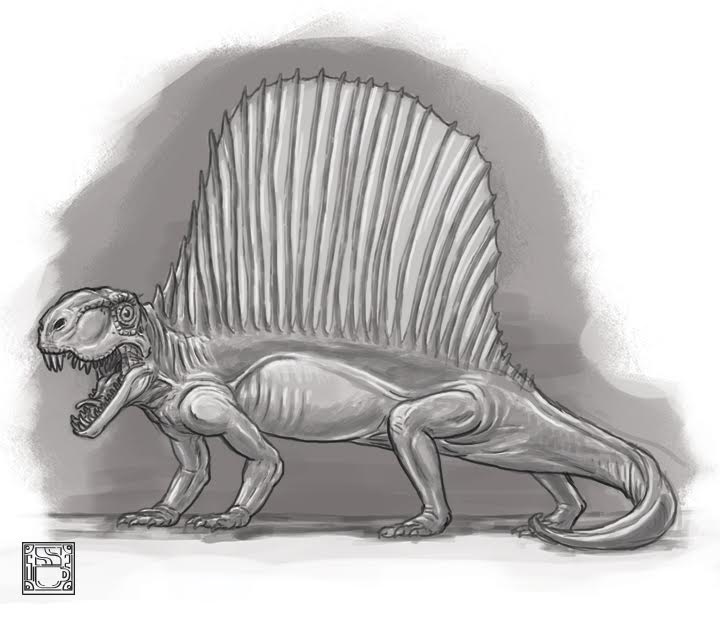As they say, “everything is bigger in Texas,”; that goes for the brims on a cowboy’s hat, the wide open spaces, and a fossil record that goes way back… all the way back to the Cambrian period, roughly 541 to 485.4 million years. Despite its rich history, formal study of Texas’s fossil record didn’t take place until the late 1800s, though archeological evidence suggests that local groups of early Native Americans did have knowledge of some fossils and even collected them prior to European settlement.
The first officially documented Texan fossil finds were made by Jacob Boll in Archer and Wichita counties while he was collecting fossils on behalf of Edward Drinker Cope in 1878. Cope’s rivalry with Othniel Charles Marsh fueled much of the fossil discoveries in the American West, but Cope wasn’t the only one sending men to hunt in the dry rock beds of the Texas soil. Over the next several decades, several schools, institutions and museums would mount expeditions to seek out petrified treasure.
Literally hundreds of specimens have been found around the state, from the sail-backed Dimetrodon, prehistoric sharks, and giant 40-foot long dino-eating crocodiles. Texas’s long history of prehistoric life has yielded other benefits in the way of a booming petroleum industry. The Permian Basin takes its name from the geological era that was home to the organisms whose remains make up every barrel of crude oil that is pumped out of West Texas soil. The basin extends below an area that is roughly 250 miles wide and 300 miles long and is one of the United States’ major sources of oil and natural gas, thanks to the large abundance of Permian life that once lived in that area.
Texas has its fair share of Natural History Museums and other institutions of paleontological study. One major center is the Houston Museum of Natural Science, founded in 1909 by the Houston Museum and Science Society. The facility plays host to the Morian Hall of Paleontology, one of the largest paleontology halls in the U.S., containing over 60 large scale mounted skeletons, including 3 Tyrannosaurs, a long-necked Diplodocus, and the most complete skeleton of Triceratops ever discovered. Noted Paleontologist Robert Bakker, one of the first proponents of the theory of dinosaurs being seen as active, warm-blooded animals, is the curator at the Houston Museum of Natural Science. His work has changed the way we looked at dinosaurs and other prehistoric animals and he has written many books that specifically attack previously the long-held beliefs that dinosaurs were slow, cold-blooded creatures, which has led to our current modern depiction of dinosaurs. He was also one of the main advisors on the Jurassic Park film franchise.
There is no doubt that Texas will continue to shape our views on the prehistoric world, forever changing the way we look at the past and fueling the world we currently live in.

